Minority Soldiers Fighting in the American Revolution
ERIC REEDER
Published in 2018 by Cavendish Square Publishing, LLC
243 5th Avenue, Suite 136, New York, NY 10016
Copyright 2018 by Cavendish Square Publishing, LLC
First Edition
No part of this publication may be reproduced, stored in a retrieval system, or transmitted in any form or by any meanselectronic, mechanical, photocopying, recording, or otherwisewithout the prior permission of the copyright owner. Request for permission should be addressed to Permissions, Cavendish Square Publishing, 243 5th Avenue, Suite 136, New York, NY 10016. Tel (877) 980-4450; fax (877) 980-4454.
Website: cavendishsq.com
This publication represents the opinions and views of the author based on his or her personal experience, knowledge, and research. The information in this book serves as a general guide only. The author and publisher have used their best efforts in preparing this book and disclaim liability rising directly or indirectly from the use and application of this book.
CPSIA Compliance Information: Batch #CS17CSQ
All websites were available and accurate when this book was sent to press.
Library of Congress Cataloging-in-Publication Data
Names: Reeder, Eric.
Title: Minority soldiers fighting in the American Revolution / Eric Reeder.
Description: New York : Cavendish Square, 2018. | Series: Fighting for their country: minorities at war | Includes index.
Identifiers: ISBN 9781502626615 (library bound) | ISBN 9781502626554 (ebook)
Subjects: LCSH: United States--History--Revolution, 1775-1783--Juvenile literature. | United States--History--Revolution, 1775-1783--African Americans--Juvenile literature. | Indians of North America--History--Revolution, 1775-1783--Juvenile literature.
Classification: LCC E208.R44 2018 | DDC 973.3--dc23
Editorial Director: David McNamara
Editor: Caitlyn Miller
Copy Editor: Alex Tessman
Associate Art Director: Amy Greenan
Designer: Stephanie Flecha
Production Coordinator: Karol Szymczuk
Photo Research: J8 Media
The photographs in this book are used by permission and through the courtesy of:
Cover Superstock/Getty Images; PRISMA ARCHIVO/Alamy Stock Photo.
Printed in the United States of America
This watercolor shows a black soldier from the First Rhode Island Regiment and a white New England militiaman.
 INTRODUCTION
INTRODUCTION
The Minorities Who Fought in the Revolutionary War
T hroughout history, soldiers have laid down their lives for their countries. Today, brave men and women pay the ultimate price to defend their nations and to defend their freedoms. Yet minority soldiers historically have not experienced the same freedoms or treatment as their white counterparts. This was especially true during the American Revolution. The era preceding, during, and after the war was a time of terrible inequality. African Americans were often treated as property; they were not even considered to be full American citizens. (This book will refer to African Americans by the term nonetheless.) Native Americans lost their land and were treated as outsiders. The struggle of minorities in the Revolutionary period was immense. In the face of violence and inequality, African Americans, Native Americans, and other minorities joined the patriots and took up arms for the American cause. Their valor and contributions to the war effort are often overlooked.
To understand the role of minority soldiers, we must first put the soldiers who fought into context. Among other things, the American Revolution, sometimes called the War of Independence, was influenced by the seemingly unfair rules that Britains colonial administrators enforced against Americans. The colonial administrators came to America to lead the colonies on behalf of England, just as many Americans had come from England to start a new life free from the religious restrictions that oppressed them in their home country. Events such as the Boston Massacre helped to motivate Americans to join together, take action, and fight for their independence.
Records were not kept as accurately in those days as they are today. However, there was an official government census in 1790, shortly after the Revolutionary War ended. This, the first census in the countrys history, provides an understanding of the demographics of the new nation. At that time, the land mass of the United States was much less than it is today. There were thirteen original colonies, or states: Connecticut, Delaware, Georgia, Maryland, Massachusetts, New Hampshire, New Jersey, New York, North Carolina, Pennsylvania, Rhode Island, South Carolina, and Virginia. There were also a few other territories (the Southwest Territory, which would later be known as Tennessee; a district called Maine, which was then part of Massachusetts; and the district known as Kentucky, which at that time was part of Virginia). The borders of some of the states and territories were different then than they are today. Much of what is the current United States was at that time owned and controlled by France, Spain, and Russia. The colonies and territories of the United States were, until the Revolutionary War, under colonial rule by England.
According to the 1790 census, there were a total of 3,929,328 people in the United States of America. The census categorized the demographics as follows:
Free white males of sixteen years and upward: 813,365, or 21 percent of the population
Free white males under sixteen years: 802,127, or 20 percent of the population
Free white females: 1,556,628, or 40 percent of the population
All other free persons: 59,511, or 1 percent of the population
Slaves: 697,697, or 18 percent of the population
Different categories were measured for different reasons. Free white males who were sixteen or older, for example, were counted to find out the number of potential workers for industry and the number of people who might participate in the military.
From this census information, it appears that in 1790, 3,172,120 people in the United States were white. This would have been 81 percent of the population at the time. In terms of minorities, they comprised 19 percent of the population, or 757,208 people, at the time.
The census of 1790 measured only a few categories of people, unlike the many categories that were later added. People who lived in the areas controlled by France, Spain, and Russiamany of them Native Americans and settlers from other placeswould not have been counted in this census. Also, because this census was taken after the Revolutionary War, soldiers killed in that war would not have been counted. Native Americans who lived among the general population and followed national and state laws in what had become the United States would have been counted in the All other free persons category. On the other hand, Native Americans who lived on tribal lands would not have been counted in the census. Thus, the census of 1790 was not as accurate as modern censuses.
Population measures for people living in the United States colonies, territories, and districts from around 1775 give slightly different numbers:

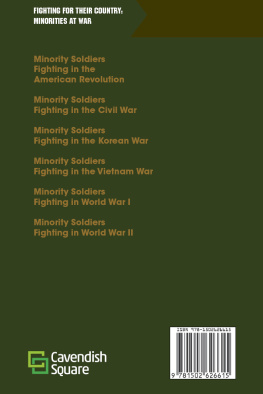



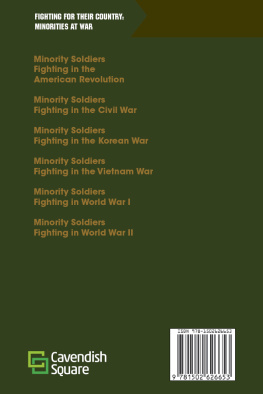

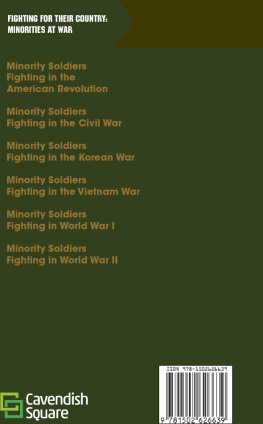
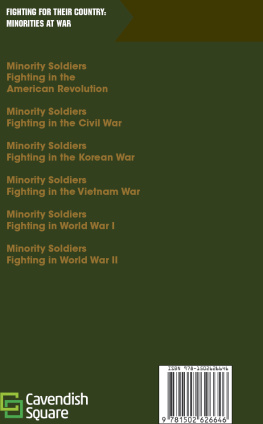

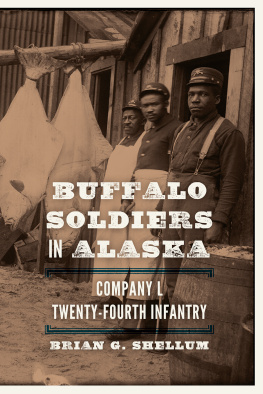
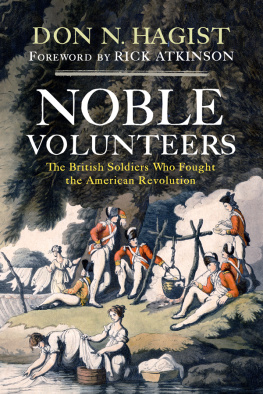
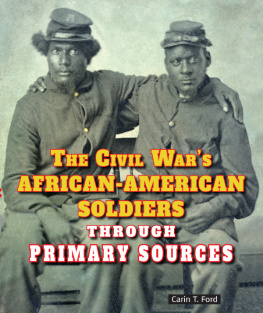



 INTRODUCTION
INTRODUCTION